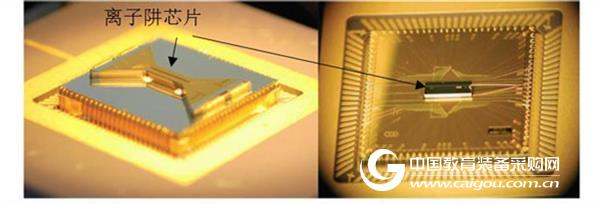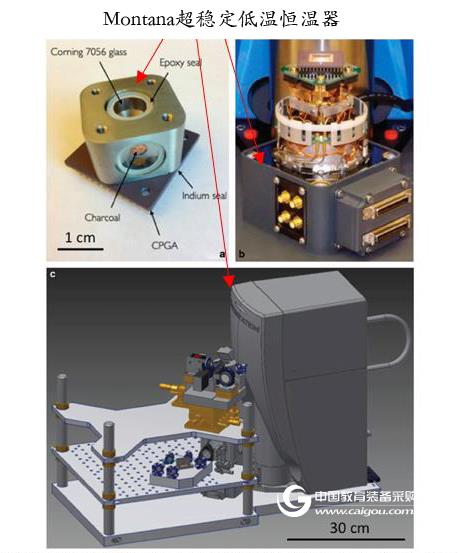The quantum computer was really fired in the circle of friends some time ago. This was mainly due to the important achievements of the scientific team led by Professor Lu Chaoyang and Professor Pan Jianwei of the University of Science and Technology of China to develop a 10-bit superconducting quantum computer. After the news of the major news, it is now not only "known to all", but also allows China to enter the international ranks in the quantum field. So, what exactly is a quantum computer?

Simply put, a quantum computer is a computer that computes very fast. If you compare a modern computer to a bicycle, the quantum computer is an airplane. But for its appearance, we can't imagine now, just like the people in the era of transistors and tubes can't imagine what a computer with VLSI looks like. Who ever thought that the smart phone chip has "completed" the initial computer that covers an area of ​​thousands of square meters!
Not much to say, today will take you to see the current quantum computer looks like. At present, the quantum computer in the primary stage is really not worthy of high value. Like the early computers, its "body" is spread all over the laboratory. But when it comes to the key part, the "heart" of quantum computers, it can be "high on". Unlike the CPU of today's computers, the core part of a quantum computer is the quantum bits involved in the operation, usually coherent photons or ions. Methods for producing these coherent photons or ions typically have both superconducting rings and ion traps. Among them, superconducting rings have some difficulties in multi-quantum bit expansion, and ion traps have become a more advantageous means. Whether it is a superconducting ring or an ion trap, the stable operation of these devices requires extremely harsh external conditions, that is, ultra-high vacuum and extremely low temperature, that is, they are frozen in a vacuum "refrigerator".... ..

Advanced microfabricated ion traps. LEFT: High-optical access (HOA) trap from Sandia National Laboratories (Image courtesy of Duke University). RIGHT: Ball-grid array (BGA) trap from GTRI/Honeywell (Image courtesy of Honeywell).
The device in the above figure is a typical chip-type ion trap. The atoms used to generate the qubits are excited at the center of the chip and bound by electromagnetic fields and coulomb interactions. The picture below shows the Montana ultra-fine optical thermostat for ultra-high vacuum and ultra-low temperature environments. The thermostat features ultra-low temperature (3K), ultra-high vacuum, and provides multiple free optical and light channels and up to 100 electrical leads, making it the "heart" of quantum computers. (As a standard device for ion traps, the picture is from a review article by Christopher Monroe in Nature's Quantum Information magazine). After reading the appearance of the "heart", what is the ability of this heart? How many bits can I use with the traditional ion trap quantum computer solution? It is expected to be 50! Don't underestimate this number, if you can fully utilize them Coherence, that is 250 data volumes, and information processing speed can reach GHz. The improved new ion trap is expected to reach 1000 qubits or more, and the computing power and amount of information will be greatly increased, which will bring about a drastic change in future computers.

(a) On-package vacuum enclosure, sealed in a UHV environment, that contains the ion trap, getter pumps and the atomic source. (b) Upon installation and cooling in a compact cryostat, the UHV The optical components can be arranged in a compact volume around the cryostat to support the ion trap operation.
Finally, I would like to congratulate Professor Lu Chaoyang and Professor Pan Jianwei of Quantum Design on the amazing achievements in the field of quantum computers. I hope that the research of the motherland will reach a new level.
Related References: Co-designing a scalable quantum computer with trapped atomic ions. npj Quantum Information (2016) 2, 16034
Digital Storage Box,Waterproof Storage Bag,Large Capacity Handbag,Casual Clutch Bag
Dongguan Mingpin Traveling Appliance Company , https://www.mpluggage.com